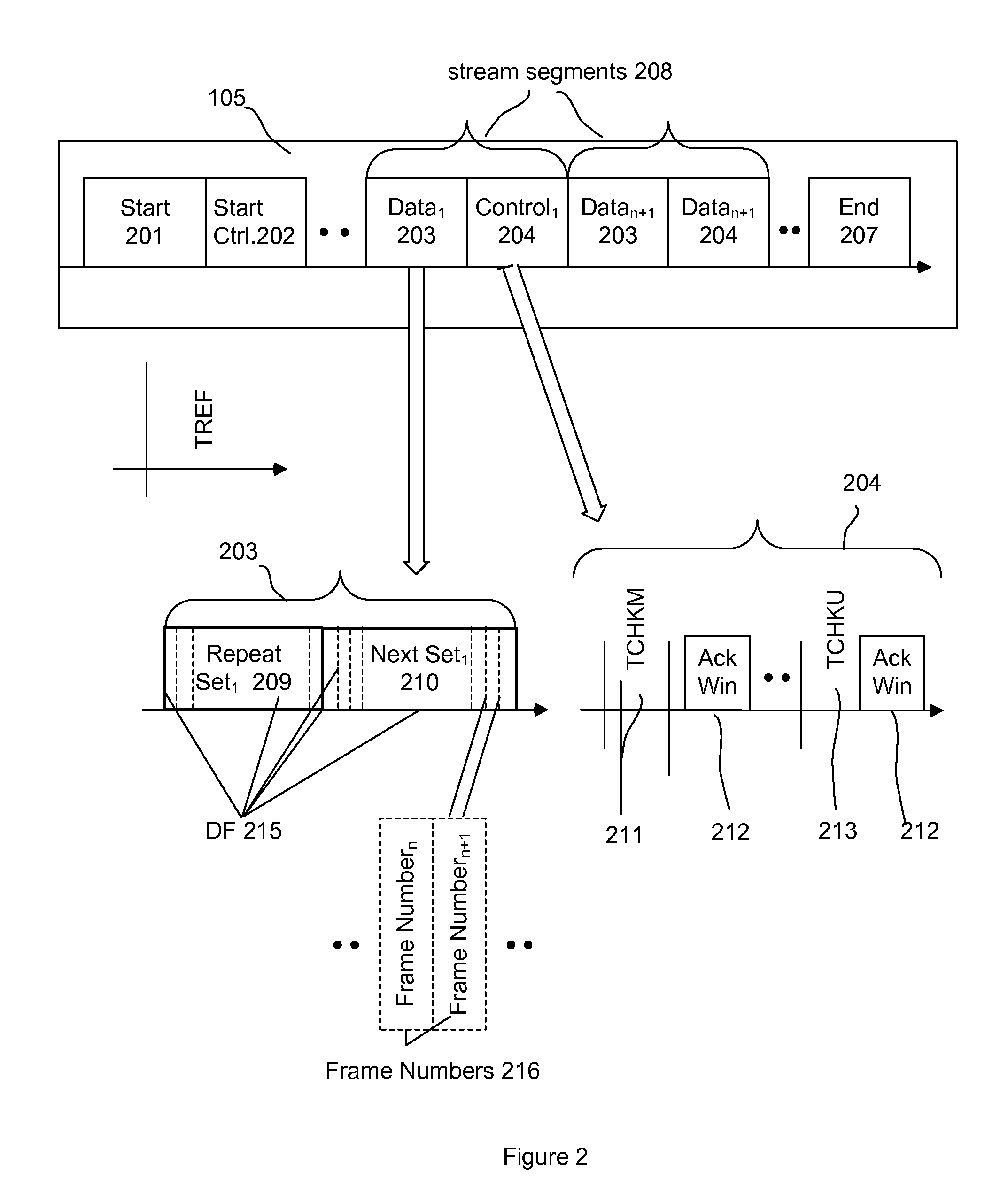Streaming Media System and Method
a streaming media and media technology, applied in the field of data communication, can solve the problems of source application dependency, latency, and current methods for streaming media, and achieve the effect of optimizing the performance and output quality of the media, reducing latency, and reducing contention and synchronization issues
- Summary
- Abstract
- Description
- Claims
- Application Information
AI Technical Summary
Benefits of technology
Problems solved by technology
Method used
Image
Examples
Embodiment Construction
[0024]The following detailed description is one of a number of the best currently contemplated modes of carrying out the invention. The description is not to be taken in a limiting sense, but is made merely for the purpose of illustrating the general principles of the invention, since the scope of the invention is best defined by the appended claims.
[0025]Broadly, an embodiment of the present invention provides a technique for streaming media over a wired or wireless IP network. The technique is also applicable to streaming media over other IP networks, such as networks that use IP over other physical layers communication technologies such as Ethernet, optical fiber, ATM etc and over custom, specially designed RF, wired and optical networks. For example, various aspects of the present invention include a technique and algorithm for streaming media over an IEEE 802.11x network to multiple destinations.
[0026]Embodiments of the present invention may be used in conjunction with output d...
PUM
 Login to View More
Login to View More Abstract
Description
Claims
Application Information
 Login to View More
Login to View More - R&D
- Intellectual Property
- Life Sciences
- Materials
- Tech Scout
- Unparalleled Data Quality
- Higher Quality Content
- 60% Fewer Hallucinations
Browse by: Latest US Patents, China's latest patents, Technical Efficacy Thesaurus, Application Domain, Technology Topic, Popular Technical Reports.
© 2025 PatSnap. All rights reserved.Legal|Privacy policy|Modern Slavery Act Transparency Statement|Sitemap|About US| Contact US: help@patsnap.com



